
99—
Cannabis (Part-three.)
I’m starting a new segment of LISA SAID SO — ‘These are a few of my favourite things’. This is where I’ll be sharing all those helpful items that I use myself and routinely prescribe to customers & clients. I’ll also discuss ‘healthy things’ that I personally wouldn’t be without.
In this first blog-post we’ll look at two herbs that I regularly recommend for a number of different health complaints — garlic and slippery elm.
As a Naturopath & Medical Herbalist, it’s my job to remind people about the ‘natural’ order of things. It’s only been in the last few decades, that when we get sick, we immediately trot off to the doctor for a ‘wonder drug’.
The way I see it, if you eat a good diet you are far less likely to get sick. However, if life gets in the way and you do suffer from: gastrointestinal issues; or your immune system gets challenged; or some other health problem crops up, the next natural step is to take herbs & supplements. It’s only when you’ve exhausted these options that you should even consider medication or surgery (for non-urgent health care).
Medication from the doctor has one targeted action in your body and many side-effects, whereas herbs have many beneficial actions in your body and very few side-effects (if any). The following humble herbs can, and should be found in the kitchen. They both have numerous therapeutic uses.

This herb has way more going for it than just it’s culinary uses.
I recommend using it as:
Not only is garlic an antimicrobial (it kills bugs), but it’s also anti-inflammatory, diaphoretic (controls a fever by encouraging sweating), anticatarrhal (it breaks up tenacious phlegm), and an expectorant! These actions make it perfect for respiratory infections e.g. bronchitis, whooping cough, asthma, and sinusitis.
Garlic also stimulates digestive secretions, is antifungal, and has a balancing effect on the beneficial gut flora. This is why it’s brilliant for gastrointestinal infections e.g. worms, food poisoning, and candida infections.
Garlic is great for decreasing blood pressure and for reducing fatty and/or sludgey blood. It also balances cholesterol levels.
Garlic is safe to use with any medication and is safe to use during pregnancy & lactation.
You can eat it, take it as a supplement, or have it as a liquid herb.
Crush (press) 1 clove of garlic
Leave the garlic to stand for 10-15 mins
this makes the active component more potent
Take it on an empty stomach
Take your garlic first thing in the morning (before eating).
This is done for two reasons:
1—the garlic doesn’t get held up in the stomach acid (it needs to make it unhindered to the small intestine to do its thing)
2—you are less likely to smell ‘garlicy’ (and to ward off Vampires!)
Note: the smell of garlic doesn’t just waft off your breath, it emanates from your sweat glands!
Shot the garlic back with a small amount of water e.g. 10-30ml
this means you avoid having to eat it, or having to drink a cup of garlic water…
Follow this up with 100-250ml of water
which slushes the garlic quickly through the stomach
Wait for 20-30 mins before having breakfast
Caution
Because garlic can cause gastrointestinal disturbance, it pays to begin this treatment gently. Start with 1/3 clove of garlic on your first attempt. This ensures that it sits well with you, and doesn’t cause people to run a mile from you because of the stench! If all goes well, gradually increase your dose over 3 days until you are having a full clove. Repeat this practice daily until you believe you have your symptoms under control — then repeat for 2–3 more days to ensure it’s completely sorted.
Note: I only recommend this raw garlic remedy for short-term treatments, and therefore in acute health complaints rather than in chronic health complaints.
Do not use If
Do not use garlic if you have a known allergic reaction to this herb. Be very cautious in using it for children under 2 years of age as it can cause colic-like symptoms (not that you could actually administer this herb more than once to a small person — they learn very quickly!) I don’t generally recommend it be used in this fashion for them.
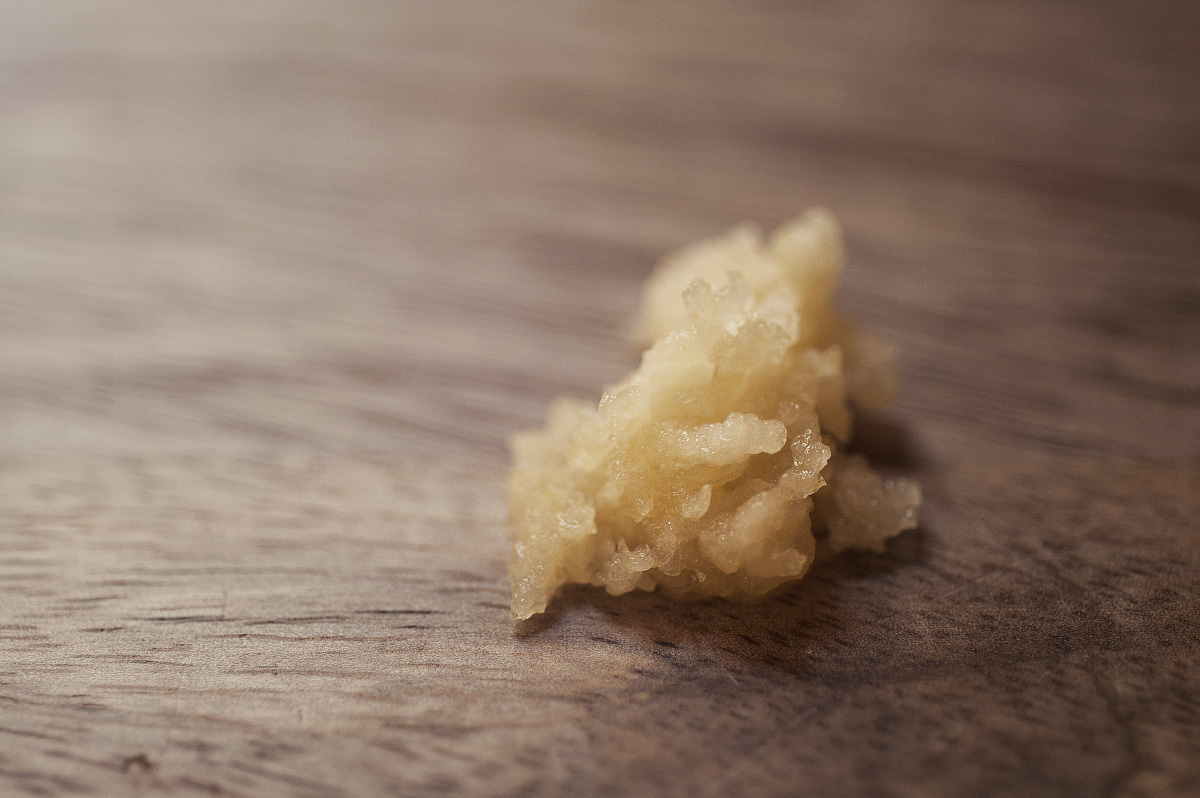
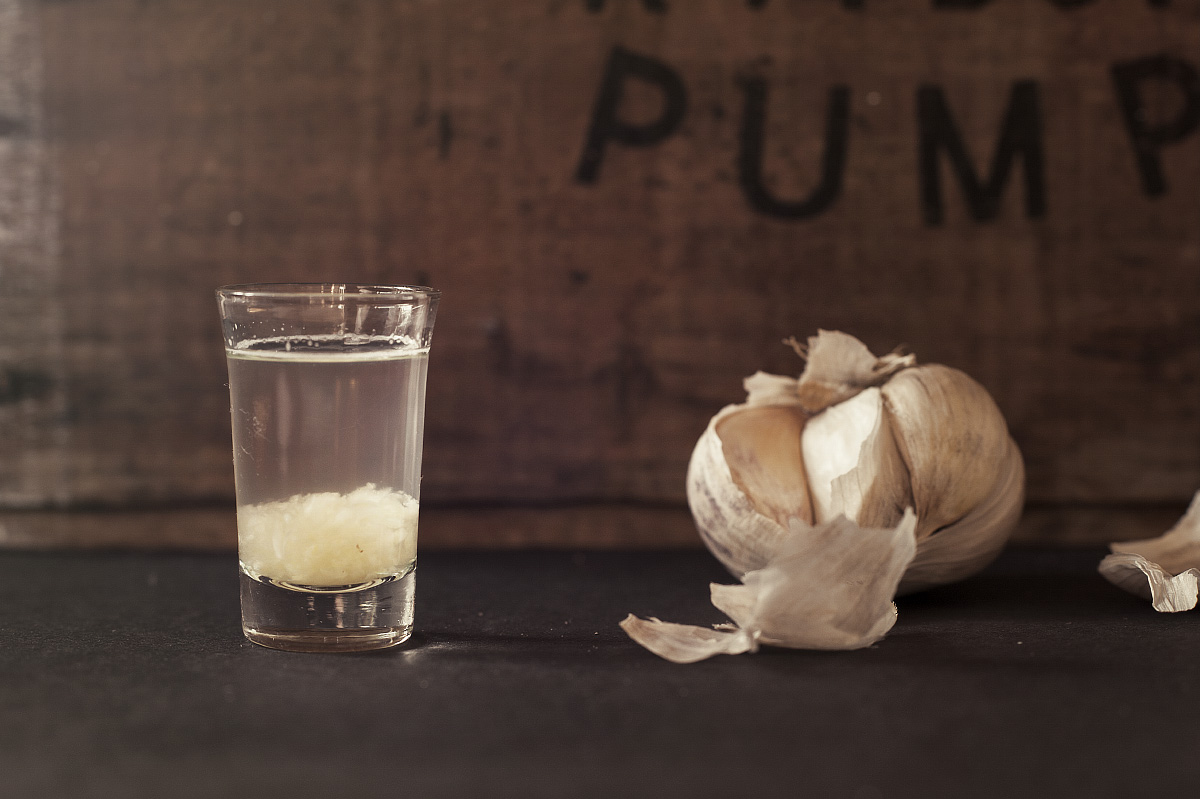
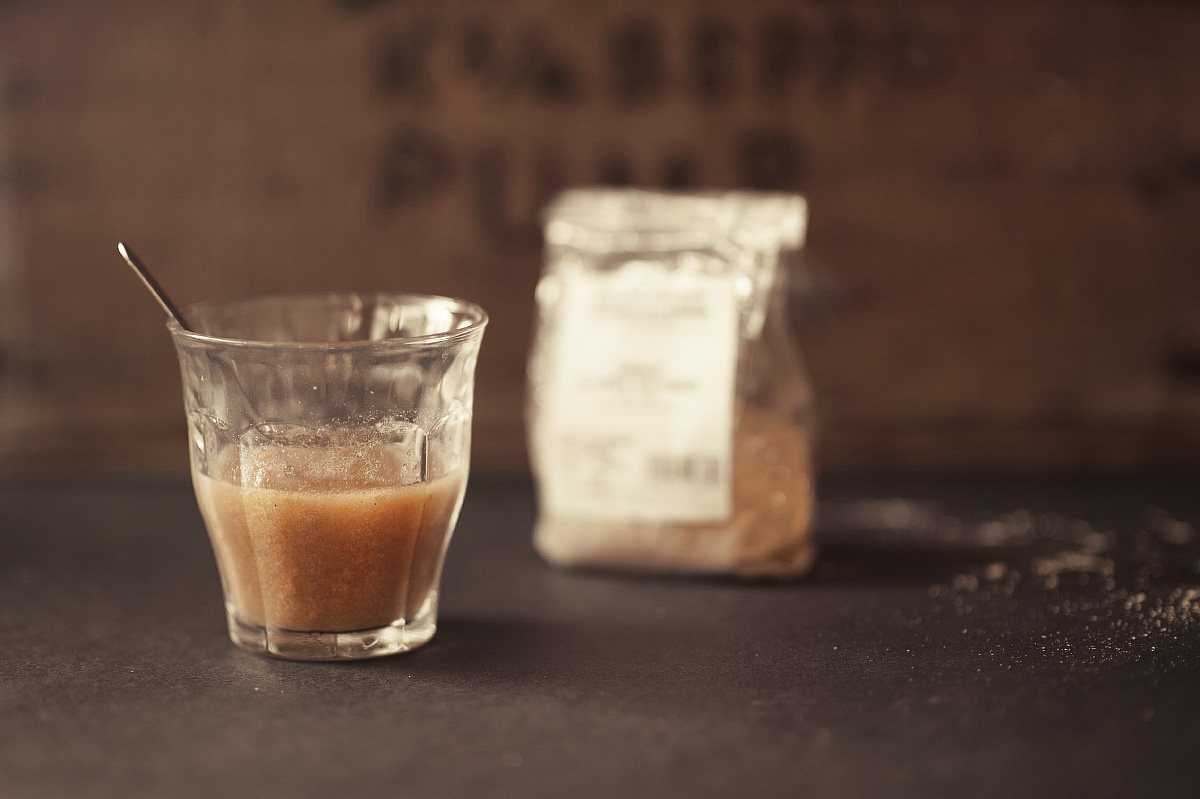
I’ll be honest, this herb smells and tastes like cardboard. However, while it might not be as tasty as garlic, on the plus side it’s also not as stinky! With that said, I wouldn’t be without this herb. Slippery elm is very soothing to the mucus membranes, it’s nutritious (it helps to feed you and your good bacteria), and it’s a bulk laxative. I generally recommend slippery elm for hoarse or sore throats, reflux/heartburn, IBS, any gastrointestinal inflammation, constipation, and diarrhoea!
This herb is a must-have in your home-remedy kit.
Slippery elm is safe to use with any medication. However, take any medications or supplements away from this herb (by approx. 2 hours) to ensure they are correctly absorbed. It is also safe to use during pregnancy and lactation.
You can drink it, or take it as a supplement.
For reflux/heartburn or diarrhoea
Add 1 heaped tsp of slippery elm powder into a glass
Drizzle in a small amount of water
and mix (with a fork!) until you make a smooth (goopy) paste before adding the rest of the water…
Top glass up with approx. 30-60Ml water
stir constantly while mixing to prevent it from becoming lumpy
Drink this mixture 1–3x daily before or after meals
you’ll have to experiment to find out what works better for you.
Notes
—With diarrhoea it’s better that you don’t eat at all until this situation is rectified (within reason)
—If slippery elm makes you constipated, drink more water throughout the day.
—If you take slippery elm and your digestive symptoms get worse, please contact your Naturopath.
For constipation:
Add 1 heaped tsp of slippery elm powder into a glass
Drizzle in a small amount of water
and mix (with a fork!) until you make a smooth (goopy) paste before adding the rest of the water…
Top glass up with approx. 250ml water
stir constantly while mixing to prevent it from becoming lumpy
Drink this mixture before bed
Notes
—If after 1–2 days you haven’t produced a soft, spongy stool, start increasing the amount of water you add to your ‘beverage’. Try increasing this nightly by 250ml of water (up to 750ml water). If this fails to ‘get the job done’, increase the amount of powder you use to 2 heaped tsps (and start again at 250ml water).
—If you take slippery elm and your digestive symptoms get worse, please contact your Naturopath.
After 1-2 days of experimenting with slippery elm, if you are on prescription antacids for reflux/heartburn, you can slowly begin to come off these to see if this herb is effective on its own. Some of my clients gently start extending out the days that they take this medication e.g. every other day, then every 3rd day, etc. It is important to know that by frequently using antacids, you reduce your stomach acid. This results in poor protein & mineral breakdown and absorption. It can lead to B12 deficiency, food intolerances, and increased risk of ‘tummy bugs’.
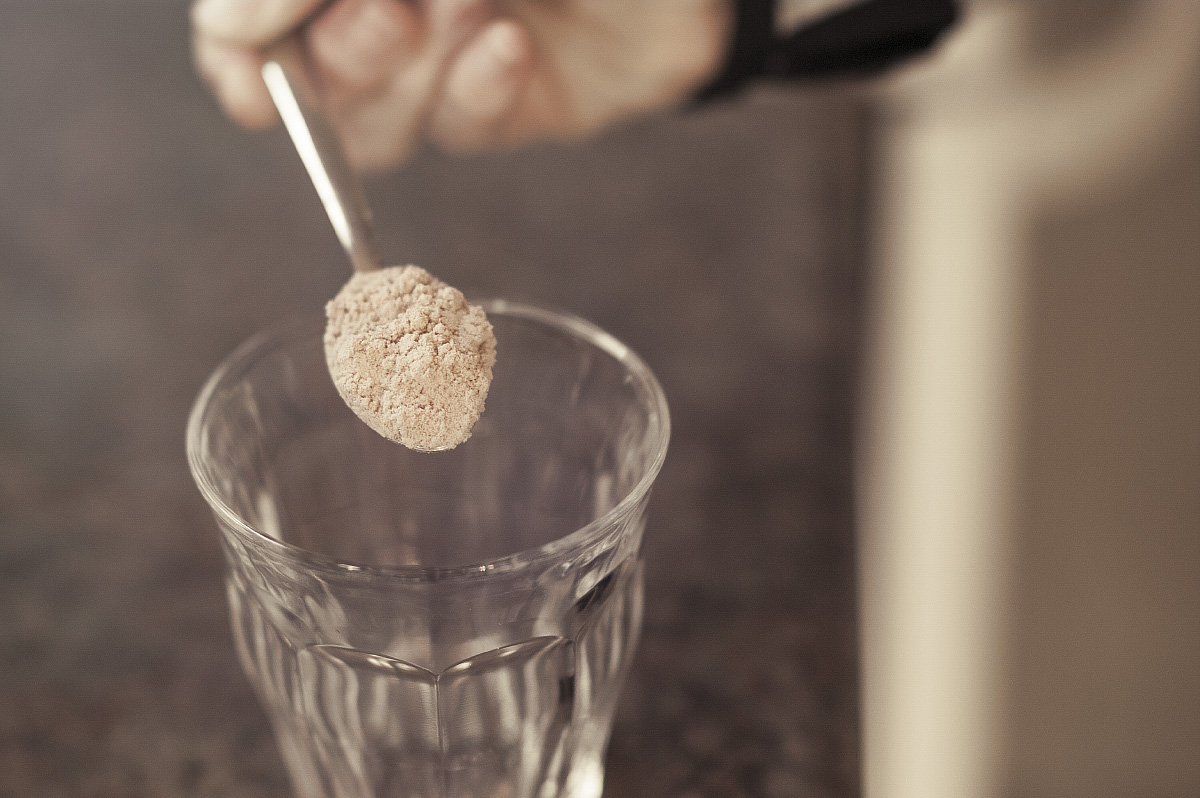
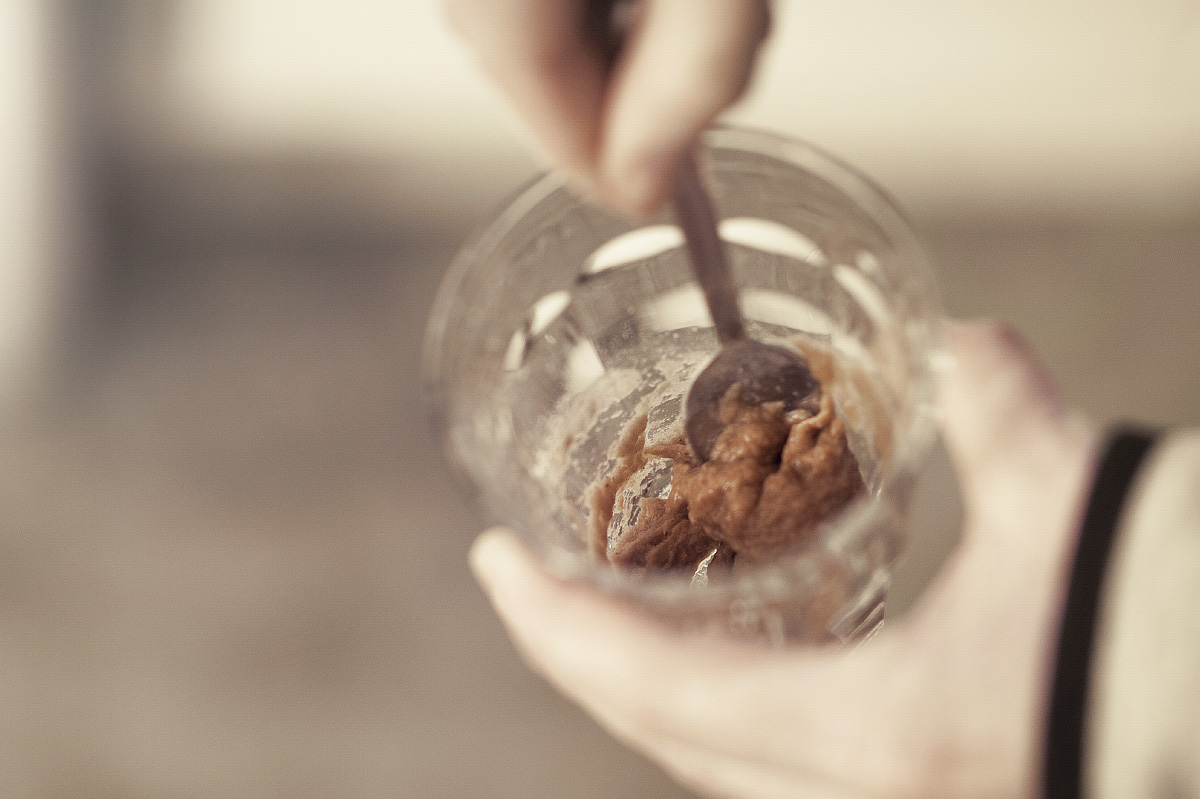
The cost of it should be under $15 for approx. 100g
I’ve written about a number of different medicinal herbs that I believe are incredibly beneficial for your health.
To select from these, please click this link.
Lisa Fitzgibbon is a degree qualified (2006), experienced and registered Naturopath & Medical Herbalist. She runs her own private practice – OOMPH in Grey Lynn, Auckland, New Zealand.
Lisa has been involved in the Natural Health industry for 16 years. She draws on her professional training and experience, as well as her own personal experience to bring you realistic, holistic health advice.
Book onlineSubscribe to LISA SAID SO
Subscribe to the LSS newsletter to get updates on a very irregular basis.
Sorry for the interruption!
You seem to be interested in what Lisa has to say. To be updated when new articles are published, or we have news to share, enter your email below. Thanks!